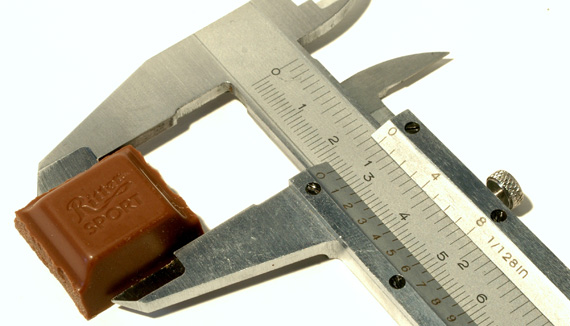Food Design & Food Art
Workshop
ART, NUTRITION, AND SUSTAINABILITY
On 21 November a master class was held, organized by Paolo Barichella in collaboration with the Fondazione Banco Alimentare ONLUS. The master class provided an introduction to theories about the relationship between food design and food art, the peculiarities of food design, and the practical application of concepts and techniques of dietary planning.
After having inquired into the usability and possible practical applications for the food industry, there was an inquiry into the conceptual aspects of the preparation of food with particular attention given to innovation and sustainability.
Theory was followed by the practical application of various food design techniques for the preparation of traditional Italian wines and foods. No use was made of sophisticated professional tools but, instead, there was an efficient use of such everyday utensils and household appliances as a microwave oven for such procedures as the aromatization of olive oil or coffee or the dehydration of parmesan. The participants learned elementary techniques for creating artistic finger-food using simple household equipment.
Speakers: Paolo Barichella and the Fondazione Banco Alimentare
Paolo Barichella began his professional life as an industrial designer; today he is involved with communication strategies, particularly on the web; he is a theorist of the philosophy of food design; a journalist and writer; a teacher and teaching consultant; a curator of exhibitions about food design; and a speaker and expert at international meetings. When we speak of food design today it is natural to associate it with Paolo Barichella who was the first to establish its content and real value.
The workshop was aimed at visual artists, curators, performers, creators, designers, and students from technical institutes.
The Fondazione Banco Alimentare ONLUS also participated in the workshop. For years the Banco Alimentare has been concerned with re-evaluating surplus foods, which are usually considered negatively, in order to satisfy primary needs.
In fact, thanks to the Banco Alimentare’s ability to match the needs of “consumers without the possibility of buying” (the indigent) with the “non offer” of surplus foods, surplus food resulting from the distortion of production and commercial interests can be turned into a precious resource for the poor and needy.
“This process comes about above all as a result of the creation of an operative partnership between legal bodies, with different operational and cultural aims, which transforms a potential theoretical opposition (between profit and non-profit) into a structural alliance, one that can determine a win-win logic: businesses gain (in terms of the reduction of the costs for the disposal of stock and what remains unsold); non-profit organizations gain (in terms of an increase in the capacity for finding goods and the simplification of procedures); and the end user gains (in terms of an increase in the food resources available).”
Luca Pesenti, director of the regional observatory of social exclusion. In the light of the operations of the Fondazione Banco Alimentare ONLUS, an analysis was also made of the role of design of packaging for food products and, in greater detail, of the industrial technologies for facilitating this important work.




